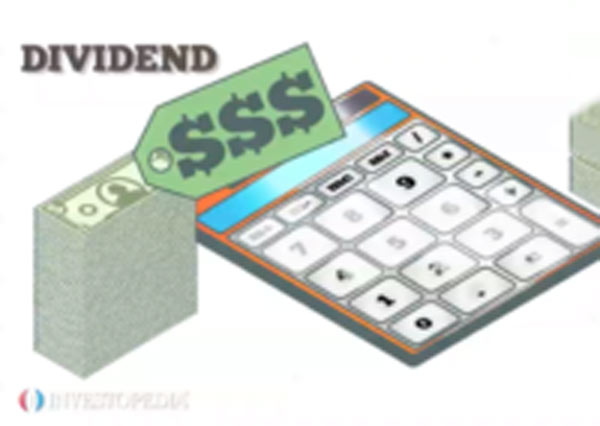
Investors use the required rate of return to decide where to put their money, and corporations use it to decide if they should pursue a new project.
It factors in risk, and specifies the minimum an investor should accept. Its uses are wide, and it considers several factors, reports the Investopedia.
One important use is in discounting most types of cash-flow models.
It can be used to calculate the present value of dividend income, or the present value of free cash flow to equity, or the present value of operating cash flow.
Equity, debt and corporate expansion decisions come down to measuring the cash received against the cash paid.
The required rate of return can provide such calculations.
A stock’s return equals the excess return for a given level of risk, plus the stock’s beta times the return expected from the market.
Another use is the dividend discount approach, which provides a model for determining the intrinsic value of a stock based on a future series of dividends that grow at a constant rate.
The required rate of return would be the dividend payment divided by the stock’s current value, plus the growth rate of the dividend.
Investment decisions in corporate finance come down to the weighted average cost of capital.
To find the weighted average cost of capital, take the weight of the source of financing and multiply it by the corresponding cost.
There’s one exception – multiply the debt portion by one minus the tax rate.
BBN/SK/AD